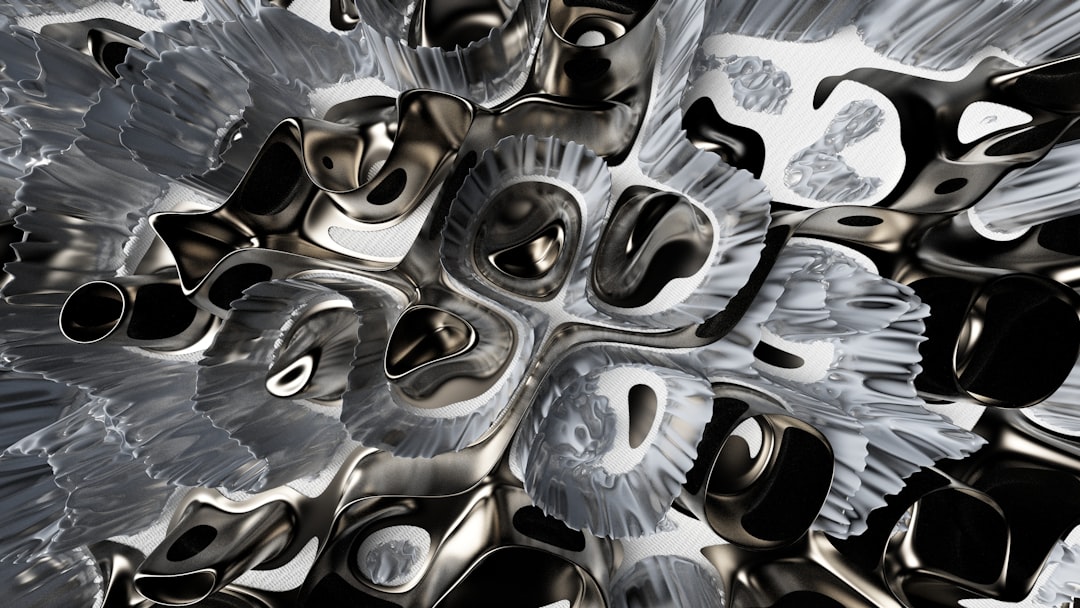body { font-family: sans-serif; line-height: 1.6; }
h1, h2 { color: #333; }
img { max-width: 100%; height: auto; display: block; margin: 20px auto; border: 1px solid #ccc; box-shadow: 2px 2px 5px rgba(0,0,0,0.1); }
.gallery-item { display: inline-block; width: 30%; margin: 1%; text-align: center; }
@media (max-width: 768px) {
.gallery-item { width: 48%; }
}
@media (max-width: 480px) {
.gallery-item { width: 100%; }
}
Steel. A name synonymous with strength, durability, and versatility. This seemingly simple alloy of iron and carbon has revolutionized the world, shaping our cities, infrastructure, and even our daily lives. This post delves into the remarkable spectrum of steel applications, showcasing its impact through a compelling visual gallery and detailed explanations.
1. Skyscrapers and High-Rise Construction: Reaching for the Sky with Steel
Steel’s high strength-to-weight ratio makes it the undisputed champion in high-rise construction. Its ability to withstand immense loads and resist buckling allows architects and engineers to design breathtaking skyscrapers that pierce the clouds. The intricate frameworks of steel beams and columns form the skeletal structure, providing stability and support for the entire building. [Insert image of a modern skyscraper emphasizing its steel structure]
Beyond its structural role, steel also enables the creation of aesthetically pleasing facades, offering design flexibility and allowing for intricate architectural details. From the iconic Empire State Building to the futuristic Burj Khalifa, steel has played a pivotal role in shaping the skylines of cities across the globe.
2. Bridges: Connecting Communities with Steel’s Strength
Steel’s resilience and tensile strength are crucial for building bridges that span vast distances and withstand the relentless forces of nature. From graceful suspension bridges to robust arch bridges, steel provides the necessary structural integrity to support heavy traffic loads and endure extreme weather conditions. [Insert image of a large suspension bridge or a complex steel bridge design]
The design possibilities offered by steel are vast, allowing for the construction of aesthetically pleasing and functional bridges that seamlessly integrate into their surroundings. Steel’s weldability and formability also contribute to efficient construction and cost-effectiveness.
3. Manufacturing and Industrial Applications: The Backbone of Industry
Steel is the foundation upon which countless industries are built. Its malleability allows for its transformation into a vast array of products, from simple tools and machinery to complex automotive parts and heavy equipment. [Insert image collage showing diverse manufactured goods made from steel: car parts, tools, machinery]
The automotive industry, for example, relies heavily on steel for its strength, durability, and safety features. Steel’s ability to be easily shaped and welded makes it ideal for creating car bodies, chassis, and other critical components. Similarly, the construction of heavy machinery, including excavators, cranes, and bulldozers, extensively utilizes steel for its robustness and resistance to wear and tear.
4. Infrastructure Development: Building a Better Future with Steel
Steel plays a crucial role in the development of robust and reliable infrastructure. From railway tracks and pipelines to power transmission towers and water infrastructure, steel’s strength and durability ensure the smooth functioning of essential services. [Insert image showing a railway track, power lines, or a water pipeline]
Steel’s resistance to corrosion, especially when treated with protective coatings, ensures its longevity and reduces the need for frequent maintenance. This makes it a cost-effective and sustainable choice for long-term infrastructure projects.
5. Art and Architectural Design: Steel’s Aesthetic Appeal
Beyond its structural capabilities, steel also possesses an undeniable aesthetic appeal. Its sleek lines and ability to be shaped into intricate forms have made it a favorite material among artists and architects. [Insert image of a steel sculpture or an architectural element showcasing steel’s aesthetic potential]
From modern sculptures to eye-catching architectural features, steel allows for the creation of unique and visually stunning designs. Its versatility allows it to be combined with other materials, such as glass and concrete, creating a harmonious blend of form and function.
This visual gallery only scratches the surface of steel’s vast applications. Its continuous evolution and the development of new steel alloys promise even more innovative and impactful uses in the future.
SEO-Friendly Tags:
- Steel Applications
- Steel Uses
- Steel Construction
- Infrastructure Steel
- Metal Applications




